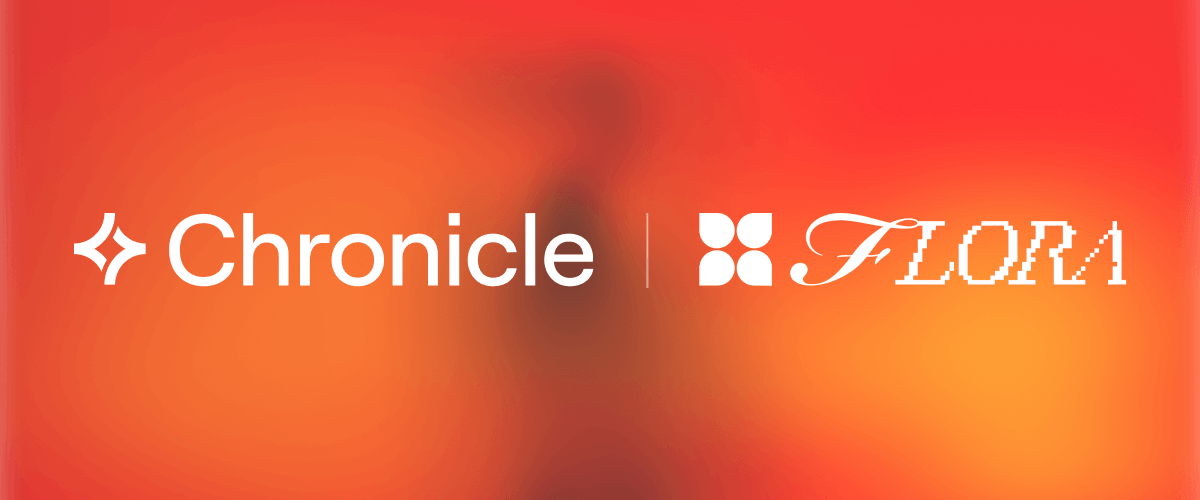

At Flora, creativity is infrastructure. Led by CEO Weber, the team is building what he calls a “creative computer”, a visual programming environment for designing and scaling generative AI workflows across text, image, and video.
For a company so focused on clarity and design, Chronicle quickly became their internal storytelling layer, first for company-wide updates, then for customer-facing proposals. What began as a small experiment turned into company-wide adoption within weeks.
Today, CEO Weber and Head of Sales Carson Lee run everything from weekly updates to client presentations inside Chronicle. The goal is simple: replace cluttered slides with clean, branded decks that make every story effortless to tell.
Building alignment through internal storytelling
Flora’s team uses Chronicle for weekly company updates, replacing long reports and scattered threads with a single, visual source of truth.
Each week, CEO Weber opens the same Chronicle template, updates sections across product, sales, and research, and shares it with the team for input. The format encourages reflection, focus, and storytelling over raw information.
“Chronicle helps us structure updates like a story, not a report,” he adds. “It’s fast to edit, easy to share, and the output feels clean. I don’t need AI to generate for me; I just want it to look good.”
Over time, Flora’s workspace evolved from individual accounts into a shared team plan. Multiple members now use Chronicle for customer decks and business updates. What started as one founder’s ritual has become a company-wide rhythm.


Expanding Chronicle into the sales workflow
When we spoke with Carson Lee, Flora’s Head of Sales, the team had just begun using Chronicle to design and manage customer-facing decks, adapting the tool for a more outbound, revenue-driven use case. Carson had joined Flora only a month earlier, coming from Google Slides, Canva, and Figma.
Today, Flora’s sales team runs their sales decks in Chronicle. Each presentation starts from a standardized template, ensuring every deck looks and feels on-brand. From there, they customize roughly 20% of the slides, tailoring names, logos, value propositions, and case studies based on each prospect.
The vision is simple: one click to generate those custom slides directly from meeting notes, instantly personalized and perfectly consistent.


From internal syncs to external storytelling
As Flora’s product matured, the team moved from individual workspaces to a shared Chronicle team plan, allowing designers and sales leads to work in parallel.
Each department now uses Chronicle slightly differently, sales teams build client presentations, while product leads create concept decks for new features or partnerships. “It’s the right abstraction level, you can move content around, explore structure, and it just stays beautiful.”
Designing the dream sales workflow
Together, we explored what that ideal workflow might look like: AI-powered customization where meeting notes flow directly into Chronicle to create a tailored deck; brand kit support with easy logo uploads, reusable templates, and consistent themes; and smart context that helps Chronicle learn a company’s tone and structure over time. Flora’s sales process moves fast, and Carson’s vision is to make those customizations instant, “like ChatGPT folders, but for decks,” he said.
Why Chronicle fits Flora’s mindset
Both Chronicle and Flora sit at the intersection of design and systems thinking. Weber’s vision for Flora is to make generative AI workflows feel modular and intuitive, “a creative computer for the next era of builders.” Chronicle shares that same ambition: to make storytelling modular, beautiful, and interactive.
Check out Flora to see how they’re building the creative computer of the future, and start your own story in Chronicle.
